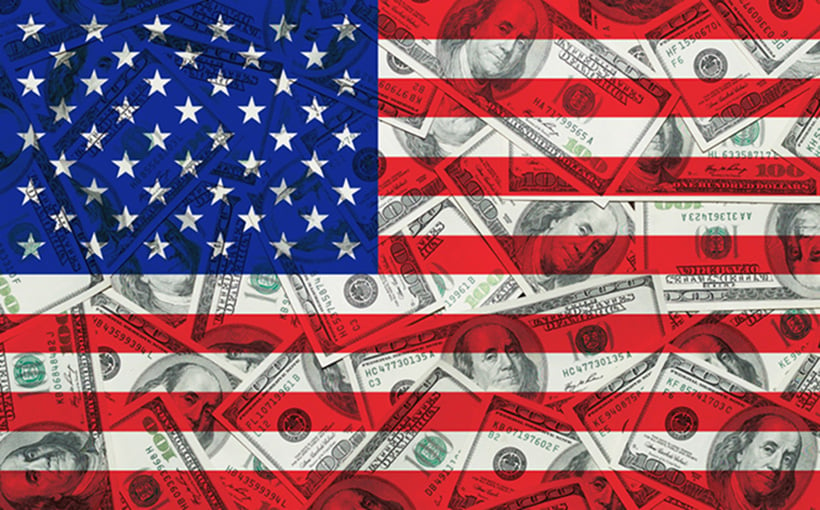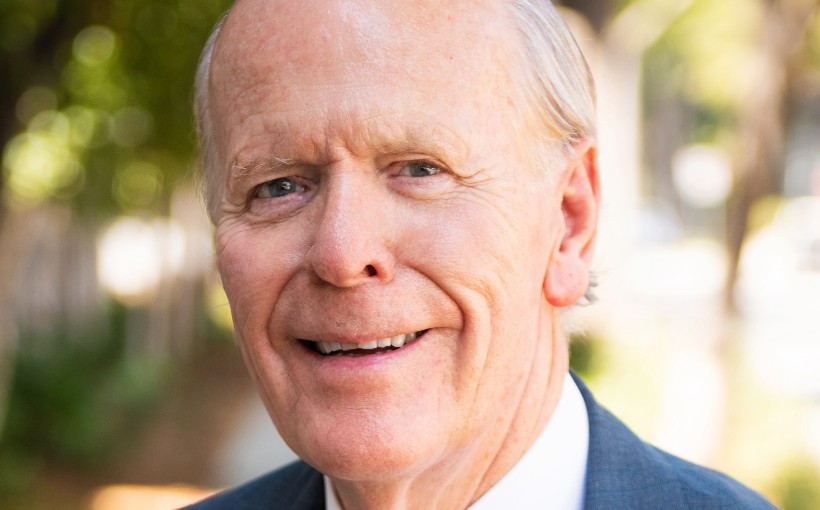Richard Barkham: Job Growth, the Fed, and CRE Effects
In the past month, two key metrics have surpassed expectations. First, Q4 2023 saw a 3.3% increase in GDP at an annual rate. Additionally, the U.S. added 353,000 jobs in January of 2024 – well above analysts’ prediction of only 185,000 jobs added. The unemployment rate currently stands at a low of just 3.7%.
The news of more job opportunities is certainly welcome; however experts caution that this validates the Federal Reserve’s cautious approach to cutting rates as reported by CBRE recently . According to Richard Barkham , Global Chief Economist and Head of Global Research for CBRE Americas who co-authored their article on this topic with other industry leaders.
Barkham explains that while job growth is an important factor for consideration when determining whether or not to cut interest rates through measures such as Effective Federal Fund Rate (EFFR), it is not the sole deciding factor for Fed officials who are also examining various demand-side indicators like productivity growth and labor market participation along with supply-side factors such as capacity utilization and supply chains.
One major concern looming over these positive economic developments is inflation which has yet to reach its target despite showing signs of progress according Ryan Severino , Chief Economist & Head Of US Research For BGO .
Severino attributes recent job gains primarily from education/health services sector followed by leisure/hospitality & government positions but notes professional/business services are beginning generate more employment opportunities too.
Barkham points out that real income gains were largely responsible for driving consumer spending which ultimately contributed towards higher Q4 GDP figures though he cautions against expecting sustained levels going forward without continued high-productivity growth due risk overheating economy leading increased inflationary pressures down road if unchecked now.
CRE Impact Analysis:
CBRE’s report suggests EFFR may be reduced possibly May given cooling inflationary pressures which could increase real interest rates heightening risks economic growth. They also predict 10-year Treasury yield falling to 3.6% by end of year leading increased commercial real estate investment activity during H2 2024 even though leasing may remain cautious due hybrid work models & uncertain business environment.
Barkham adds that multifamily sector benefits from healthy consumer spending as it enables people take on more rental obligations while industrial sector sees boost from strong consumers who drive demand for goods shipped retail stores. He further notes bricks and mortar retail space shortage Grade A properties has been exacerbated by this trend.
Severino anticipates easing stance Fed should lead CRE capital markets’ volume/pricing picking up with appreciation returns turning positive later in year but not immediately so likely build over time instead.
This is a promising outlook for job growth, the Fed, and its effects on the commercial real estate market in the coming months as reported by Connect CRE .




